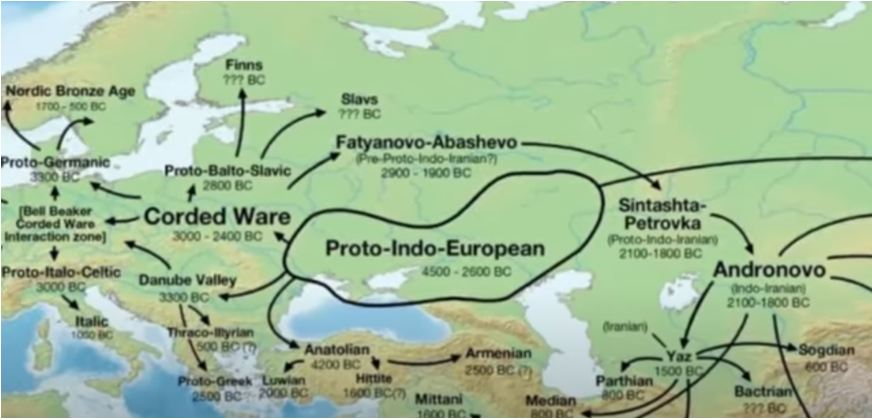 By Neenah Payne
By Neenah Payne
DNA Shows Europeans Were Dark Skinned 10,000 Years Ago explains that the first Italians, the Etruscans, were Black. It links to Secret History 2018 Secrets of the 10,000 Year Old Man which shows that reconstruction of the first man in Britain, Cheddar Man, from his DNA revealed that he had dark skin, dark hair, blue eyes, and a broad nose, with coarse hair. The video says this is how most Europeans looked 10,000 years ago.
It explains,
Follows the UK’s most ambitious and cutting-edge ancient DNA project to date. For the first time, a team of top scientists at the Natural History Museum and University College London have analysed the DNA of Britain’s oldest complete skeleton. Known as Cheddar Man, this human male fossil was originally unearthed over 100 years ago in Gough’s Cave in Cheddar Gorge, Somerset.
Building on the advanced genetic testing of his 10,000-year-old bones, two of the most acclaimed palaeontological model makers in the world, Dutch identical twins Adrie and Alfons Kennis, have recreated Cheddar Man’s entire head to give his extraordinary skeleton a real identity for the first time.
This map shows that North Europeans in the dark blue areas looked most like Cheddar Man shown in the video further below.
Cheddar Man shows white skin could be a recent phenomenon – Watch
Who Were The Proto-Indo-Europeans?
About 46% of the world’s population speaks an Indo-European language as their first language. The July 2023 video below explores a new theory of the origins of the Indo-European languages. It says recent advances of archeo-genetics confirm that there was a flow into central and western Europe from the Pontic-Caspian Steppe around 3,000 BC. Genetic tests on the remains of Eastern hunter-gatherers reveal that the peoples of the Steppe were fair-skinned, blonde, and blue-eyed.
Who Were the Proto-Indo-Europeans? 9/12/23
A captivating overview of the origins and characteristics of the Proto-Indo-Europeans, as well as theories regarding how they managed to spread through Europe and Asia. A new theory of the origins of the language released in July 2023 is also discussed and challenged.
The Pontic Caspian Steppe extends roughly from the Danube to the Ural River. This map shows the region known as Pontic Steppe which is the biggest portion of the whole Pontic-Caspian Steppe.
Wikipedia says:
The Pontic–Caspian steppe, formed by the Caspian steppe and the Pontic steppe, is the steppeland stretching from the northern shores of the Black Sea (the Pontus Euxinus of antiquity) to the northern area around the Caspian Sea.
This steppe extends from northeastern Bulgaria and southeastern Romania through Moldova and eastern Ukraine, through the Northern Caucasus of southern Russia, and into the Lower Volga region of western Kazakhstan, adjacent to the Kazakh steppe) to the east, both forming part of the larger Eurasian Steppe. It forms a part of the Palearctic realm and of the temperate grasslands, savannas, and shrublands biome.
The area corresponds to Cimmeria, Scythia, and Sarmatia of classical antiquity. Across several millennia, numerous tribes of nomadic horsemen used the steppe; many of them went on to conquer lands in the settled regions of Central and Eastern Europe, Western Asia, and Southern Asia.
The term Ponto-Caspian region is used in biogeography with reference to the flora and fauna of these steppes, including animals from the Black Sea, Caspian Sea, and Azov Sea. Genetic research has identified this region as the most probable place where horses were first domesticated.
According to the most prevalent theory in Indo-European studies, the Kurgan hypothesis, the Pontic–Caspian steppe was the homeland of the speakers of the Proto-Indo-European language.
Yamnaya / Kurgan Steppe Pastoralists
Wikipedia shows the Bronze Age spread of Yamnaya steppe pastoralist ancestry into two subcontinents—Europe and South Asia—from c. 3000 to 1500 BC. The Yamnaya or Late Ochre Grave culture of the late Neolithic and Bronze age Pontic steppe is believed to belong to one of several Proto-Indo-European speaking Western Steppe herder peoples who were ancestral to many modern peoples and who spread Indo-European languages across Eurasia.
Archeologist Marija Gimbutas called the Yamnaya “Kurgans” which is the name for their burial mounds. See info about Gimbutas’ breakthrough research further below.
Who Were the Proto-Indo-Europeans? discusses the Yamnaya culture starting around 22 minutes. It says the Yamnaya have recently gained fame as the source of the Indo-European languages. The video explains around 35 minutes that studies in 2015 revealed what is a shock to some.
The ancestry of the Yamnaya was not like other Steppe groups which was almost entirely Eastern hunter gathers. While 35% of the ancestry of the Yamnaya group were Eastern hunter gathers, about 55% was from Caucasus Eastern hunter gathers. It is around this group of people that the controversial new theory of the origins of Eastern European people is centered and understanding this is key.
This led to a recent study by Paul Heggarty and others published in Science on July 28, 2023.
New insights into the origin of the Indo-European languages 7/27/23
Linguistics and genetics combine to suggest a new hybrid hypothesis for the origin of the Indo-European languages.
An international team of linguists and geneticists led by researchers from the Max Planck Institute for Evolutionary Anthropology in Leipzig has achieved a significant breakthrough in our understanding of the origins of Indo-European, a family of languages spoken by nearly half of the world’s population.
For over two hundred years, the origin of the Indo-European languages has been disputed. Two main theories have recently dominated this debate: the ‘Steppe’ hypothesis, which proposes an origin in the Pontic-Caspian Steppe around 6,000 years ago, and the ‘Anatolian’ or ‘farming’ hypothesis, suggesting an older origin tied to early agriculture around 9,000 years ago.
Previous phylogenetic analyses of Indo-European languages have come to conflicting conclusions about the age of the family, due to the combined effects of inaccuracies and inconsistencies in the datasets they used and limitations in the way that phylogenetic methods analyzed ancient languages.
To solve these problems, researchers from the Department of Linguistic and Cultural Evolution at the Max Planck Institute for Evolutionary Anthropology assembled an international team of over 80 language specialists to construct a new dataset of core vocabulary from 161 Indo-European languages, including 52 ancient or historical languages.
This more comprehensive and balanced sampling, combined with rigorous protocols for coding lexical data, rectified the problems in the datasets used by previous studies.
Indo-European estimated to be around 8100 years old
The team used recently developed ancestry-enabled Bayesian phylogenetic analysis to test whether ancient written languages, such as Classical Latin and Vedic Sanskrit, were the direct ancestors of modern Romance and Indic languages, respectively. Russell Gray, Head of the Department of Linguistic and Cultural Evolution and senior author of the study, emphasized the care they had taken to ensure that their inferences were robust. “Our chronology is robust across a wide range of alternative phylogenetic models and sensitivity analyses”, he stated.
These analyses estimate the Indo-European family to be approximately 8,100 years old, with five main branches already split off by around 7,000 years ago. These results are not entirely consistent with either the Steppe or the farming hypotheses.
The first author of the study, Paul Heggarty, observed that “Recent ancient DNA data suggest that the Anatolian branch of Indo-European did not emerge from the Steppe, but from further south, in or near the northern arc of the Fertile Crescent — as the earliest source of the Indo-European family. Our language family tree topology, and our lineage split dates, point to other early branches that may also have spread directly from there, not through the Steppe.”
New insights from genetics and linguistics
The authors of the study therefore proposed a new hybrid hypothesis for the origin of the Indo-European languages, with an ultimate homeland south of the Caucasus and a subsequent branch northwards onto the Steppe, as a secondary homeland for some branches of Indo-European entering Europe with the later Yamnaya and Corded Ware-associated expansions.
“Ancient DNA and language phylogenetics thus combine to suggest that the resolution to the 200-year-old Indo-European enigma lies in a hybrid of the farming and Steppe hypotheses”, remarked Gray.
Wolfgang Haak, a Group Leader in the Department of Archaeogenetics at the Max Planck Institute for Evolutionary Anthropology, summarizes the implications of the new study by stating, “Aside from a refined time estimate for the overall language tree, the tree topology and branching order are most critical for the alignment with key archaeological events and shifting ancestry patterns seen in the ancient human genome data. This is a huge step forward from the mutually exclusive, previous scenarios, towards a more plausible model that integrates archaeological, anthropological and genetic findings.
Ancient DNA Reveals How the Bronze Age Changed Europe (see video at link) 6/10/15
Genes from 5,000 years ago show that the Europeans of that crucial historical era were predominantly light-skinned — and mostly lactose-intolerant. The findings, based on a rough analysis of genetic material extracted from the teeth of 101 ancient humans, provide snapshots of how mass migrations changed Europe’s peoples during the Bronze Age, which lasted from around the year 3,000 B.C. to 1,000 B.C. That era marked the transition from a predominantly hunter-gatherer way of life to a predominantly agricultural lifestyle, and the rise of urban civilizations ranging from Babylon to pharaonic Egypt to classical Greece and Rome.
The scientists behind the genetic survey, described in this week’s issue of the journal Nature, wanted to find out how large a role migrations played in the cultural ferment. The results suggest they played a huge role. “We show that the Bronze Age was a highly dynamic period involving large-scale population migrations and replacements, responsible for shaping major parts of present-day demographic structure in both Europe and Asia,” they reported.
Their analysis indicates that the era’s most significant migration was the rapid expansion of a culture known as the Yamnaya, which pushed out from the steppes of the Caucasus and Ural regions into northern Europe in the early Bronze Age. The patterns of genetic signatures suggest that the Yamnaya interbred with the hunter-gatherers and farmers already living in northern Europe — influencing the development of another ancient set of peoples called the Corded Ware culture.
For more from Paul Heggarty about ancient DNA analysis and what it means for the Indo-European language issue, check out his blog posting at Diversity Linguistics Comment. A related research paper, titled “Massive Migration From the Steppe Was a Source for Indo-European Languages in Europe,” was published online by Nature in March and appears in this week’s print version of the journal. Nature’s Ewen Calloway discussed the issue in depth in an article published in February. Science’s Michael Balter passes along an audio file that lets you hear what Proto-Indo-European sounds like.”
Mysterious Indo-European homeland may have been in the steppes of Ukraine and Russia 2/13/15
What do you call a male sibling? If you speak English, he is your “brother.” Greek? Call him “phrater.” Sanskrit, Latin, Old Irish? “Bhrater,” “frater,” or “brathir,” respectively. Ever since the mid-17th century, scholars have noted such similarities among the so-called Indo-European languages, which span the world and number more than 400 if dialects are included. Researchers agree that they can probably all be traced back to one ancestral language, called Proto-Indo-European (PIE). But for nearly 20 years, scholars have debated vehemently when and where PIE arose.
Two long-awaited studies, one described online this week in a preprint and another scheduled for publication later this month, have now used different methods to support one leading hypothesis: that PIE was first spoken by pastoral herders who lived in the vast steppe lands north of the Black Sea beginning about 6000 years ago. One study points out that these steppe land herders have left their genetic mark on most Europeans living today.
The studies’ conclusions emerge from state-of-the-art ancient DNA and linguistic analyses, but the debate over PIE’s origins is likely to continue. A rival hypothesis—that early farmers living in Anatolia (modern Turkey) about 8,000 years ago were the original PIE speakers—is not ruled out by the new analyses, most agree. Although the steppe hypothesis has now received a major boost, “I would not say the Anatolian hypothesis has been killed,” says Carles Lalueza-Fox, a geneticist at Pompeu Fabra University in Barcelona, Spain, who participated in neither of the new studies.
Fans of the steppe hypothesis are now hailing a genetics study that used ancient DNA from 69 Europeans who lived between 8,000 and 3,000 years ago to genetically track ancient population movements. The work, now posted on the bioRxiv preprint server, was done by a large team led by geneticists David Reich and Iosif Lazaridis of Harvard Medical School in Boston and Wolfgang Haak of the University of Adelaide in Australia. Among the team’s samples were nine ancient individuals—six males, two females, and a child of undetermined sex—from the Yamnaya culture north of the Black Sea in today’s Russia. Beginning about 6,000 years ago, these steppe people herded cattle and other animals, buried their dead in earthen mounds called kurgans, and may have created some of the first wheeled vehicles. (Many linguists think PIE already had a word for “wheel.”)
Why Do We Have Endless Wars Now?
Europe has a long history of very bloody wars. Since America was founded 245 years ago, we have been almost constantly at war. In the 20th century, America fought in World I, World War II, the Korean War, the Vietnamese War, and the Gulf Wars.
President John F. Kennedy narrowly averted nuclear war with the Soviet Union by establishing a hotline that allowed him to bypass his military advisors and talk directly to Khrushchev. The War on Terror was launched in 2021 and seems to have no end now. Democratic Presidential candidate Robert Kennedy Jr. has pointed out that America has received no benefit for the $8 trillion spent on that war. In fact, it’s bankrupting us and making us more enemies around the world. It’s not making us safer.
In his farewell address to the nation, President Dwight Eisenhower, a four-star general, warned America about the dangers of the plans of the military/industrial complex.
President Dwight Eisenhower spoke to the nation in a farewell address. The address, sometimes referred to as the “Military-Industrial Complex Speech”, is considered by some to be one of the most significant speeches of the Eisenhower presidency.
They Are Openly Admitting That We Are On The Brink Of “The Final War” 9/21/23
NATO Chief Says The West Should Prepare For “A LONG WAR” Mac Slavo 11/18/23
Will this mad, relentless pursuit of endless war kill of humanity now?
Marija Gimbutas: When Europe Was Peaceful
Marija Gimbutas (1921–1994) was a professor of archaeology at UCLA and internationally renowned for her study of the arrival of the Proto-Indo-European languages and culture in Europe. She was a Lithuanian anthropologist and archeologist who explained that what she called “Old Europe” was matriarchal and peaceful, with a high level of civilization, before it was overrun by the constantly-warring patriarchal cultures of Europe which she called “Kurgan” and which dominate the world today. These are the Yamnaya described above.
Gimbutas pointed to Crete as an example of Old Europe. She differed from other archeologists and anthropologists in that she used archaeo-mythology as her methodology: mythology, linguistics, history, and folklore as well as archaeology to interpret the material.
Marija Gimbutas: Voice of the Goddess
Marija Gimbutas: A Magnificent Vindication, a virtual Round Table on 11/2/21, celebrated Marija Gimbutas as a 2021 UNESCO Centennial honoree. One of Gimbutas’ most original (and controversial) contributions — the Kurgan Hypothesis and the arrival into Europe of the Proto-Indo-European speakers around 3,500 BC — was recently validated by DNA.
Gimbutas says in the video below that we are now at the end of a 5,000-year period which James Joyce called “The Nightmare.” She says, “We must reinvent the human species or perish. We must re-examine history. We must start putting back some parts we have left out — namely, the Earth, the body, the Feminine, and the unconscious.”
Voice of the Goddess: Marija Gimbutas 5/13/15
A documentary about the world premiere of the Marija Gimbutas’ book, Civilization of the Goddess. Produced and directed by Lollie Ragana for Santa Monica City TV. An ecstatic evening with a euphoric crowd as Marjia delivers what she considers the best talk she ever game.
The documentary is supplemented by interviews with Starr Goode who produced the book event, and scholars and longtime colleagues of Marija—Gloria Orenstein and Miriam Robbins Dexter. Starr Goode, MA, teaches literature at Santa Monica College.
The Kurgan Culture and the Indo-Europeanization of Europe 1/1/97
Amazon Description
Fifteen articles, 30 Maps, 102 Figures and 40 Tables make up this essential collection of papers by the famed Lithuanian-born Harvard and UCLA archaeologist, Marija Gimbutas. In the introduction, Dr. Gimbutas describes her 40-year commitment to establishing the origins of Indo-European speech and seminal culture, which she named the Kurgan Culture after the distinctive burial mounds.
This unique collation showcases Gimbutas’ epoch-making contributions to Indo-European studies and the archaeology of Europe. First is her comprehensive evidence that the geographical “homeland” of Indo-European was neither Central Europe nor Anatolia, but the steppelands of Eastern Europe and Western Asia. She details the westward migration of a warlike, horse-riding, pastoral, patriarchal peoples, beginning in the mid-4th millennium, bringing with them early I-E speech and a pantheon of sky-gods.
Her presentation, originally based only on archaeology and carbon-14 dating, has since been proven by DNA analysis of skeletal remains. Secondly, these papers offer her extensive and colorful account of the earlier agricultural, matriarchal civilization of what she called “Old Europe” which the warlike patriarchal invaders overran. Gimbutas particularly highlights the striking contrast between the culture of the earlier population’s chthonic goddess religion and that of the Indo-European conquerors’ male sky-gods ‒ a clarification which made her become something of a heroine amongst history-oriented feminists.
Dr. Gimbutas was the prime founder and co-editor of The Journal of Indo-European Studies. Today, the journal is edited by another pre-eminent Indo-Europeanist, James Mallory, one of her former star doctoral students himself.
The Civilization of the Goddess: The World of Old Europe
Presenting a classic illumination of Neolithic goddess-centered culture, this text provides a picture of a complex world, offering evidence of the matriarchal roots of civilization.
Goddess Remembered 5/13/15
This documentary is a salute to 35,000 years of the goddess-worshipping religions of the ancient past. The film features Merlin Stone, Carol Christ, Luisah Teish, and Jean Bolen, all of whom link the loss of goddess-centric societies with today’s environmental crisis. This is the first part of a 3-part series that includes The Burning Times and Full Circle.
The Saami: Indigenous Matriarchal Europeans
The Saami are a matriarchal indigenous people of Northern Europe, a living remnant of the continent’s nomadic prehistory. Now numbering, by most accounts, less than 200,000, they are spread across the northern parts of Norway, Sweden, Finland, and Russia in an area known as Sáami. The northernmost indigenous people of Europe, they are part of the “Fourth World” that spans the North Pole from Siberia to Alaska. Traditional Saami are reindeer herders whose homes are yurts and log cabins.
Why We Celebrate Christmas The Indigenous Way shows that many of our Christmas traditions were inspired by the Saami worship of the fly agaric red-and-white mushroom which shamans (dressed in red and white) deliver through chimneys on the Winter Solstice and which makes their reindeer high and seem to “fly”. The mushrooms are hung by the chimneys and are put on pine trees to dry.
Saami Film: Pathfinder
The 1987 ski film Pathfinder, the first in the Saami language, documents the story of the Saami founder and shows the similarity of the Saami’s lifestyle and worldview with those of many Native American cultures. Traditional Saami survival is dependent on the life and migrations of the reindeer — just as the Plains Indians depended on the buffalo and later the horse. In addition to being a source of food, clothing, and housing, the reindeer serve as means of transportation. Saami use reindeer-drawn sleighs.
The film shows the period in Saami history when they were attacked by peoples much like the Kurgans Gimbutas described. In a thrilling ski film, “Old Europe” has had a chance to tell its side of the story now. You can watch Pathfinder for free.
For More Information
Awakening Earth
How Did We Get Here?
The Creation of Patriarchy
Musings From The Other World
The Strange Garden of Eden Story
Can Native America Transform The World Again?
Native American Day: Learning The Way of Earth
Why Your Definition of “Land” Matters So Much!
Dr. David Suzuki’s Urgent Warnings To Humanity Now
Our Survival Now Depends on Adopting A Better Story
Mapping a New Geography of Hope With Native America
Ithaca on Fire: How the West’s Obsession With the Hero Has Led Us to the End of the World
Neenah Payne writes for Activist Post
Become a Patron!
Or support us at SubscribeStar
Donate cryptocurrency HERE
Subscribe to Activist Post for truth, peace, and freedom news. Follow us on SoMee, Telegram, HIVE, Flote, Minds, MeWe, Twitter, Gab, and What Really Happened.
Provide, Protect and Profit from what’s coming! Get a free issue of Counter Markets today.

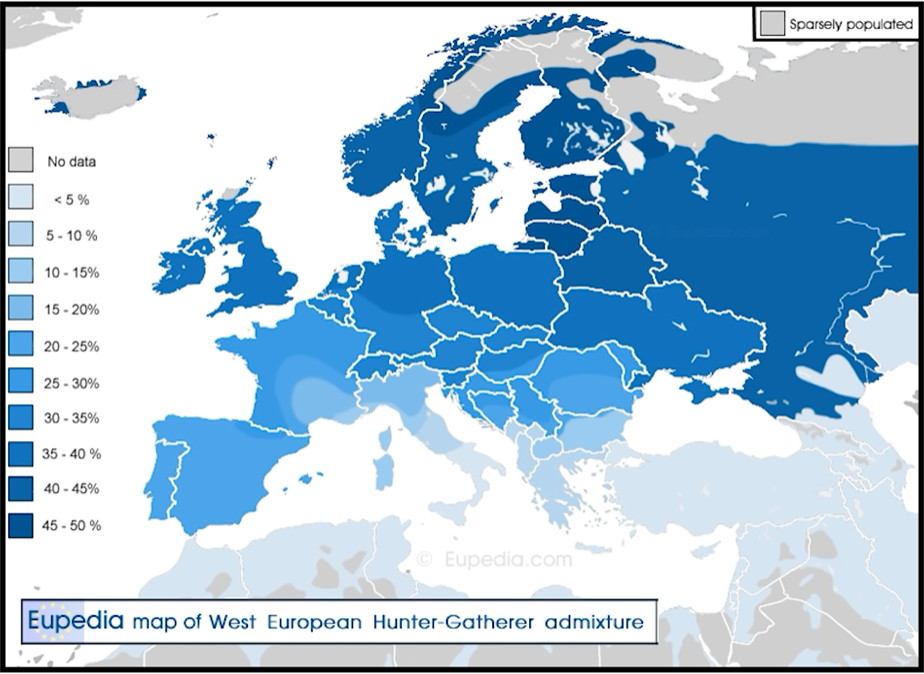
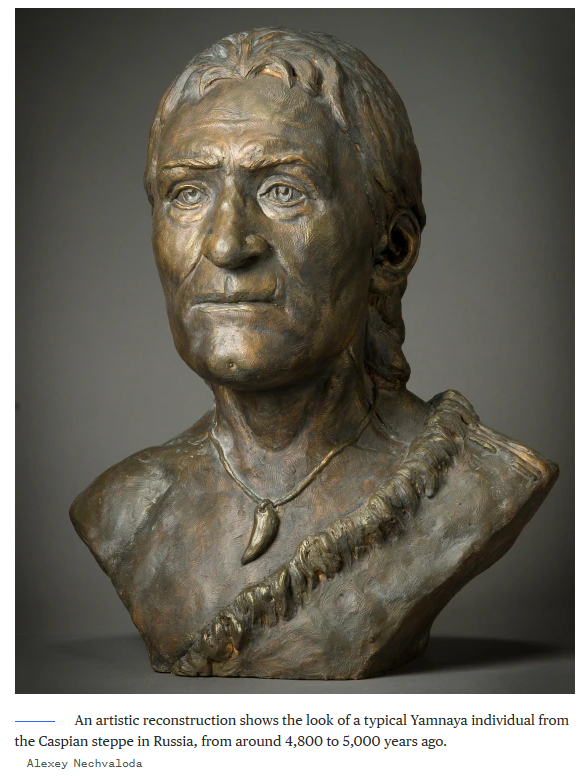
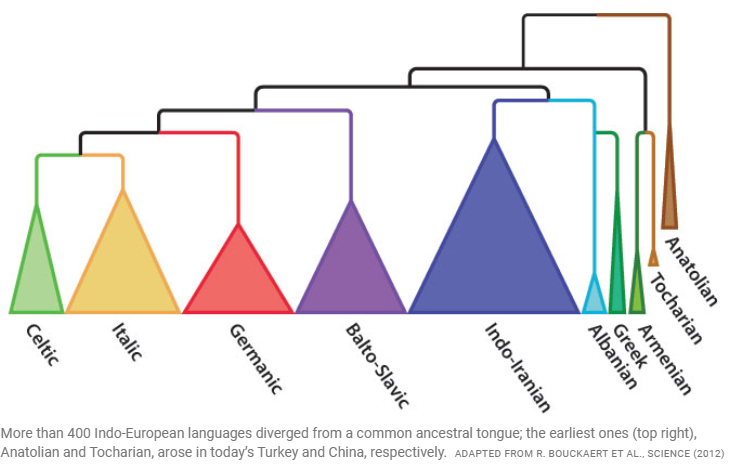
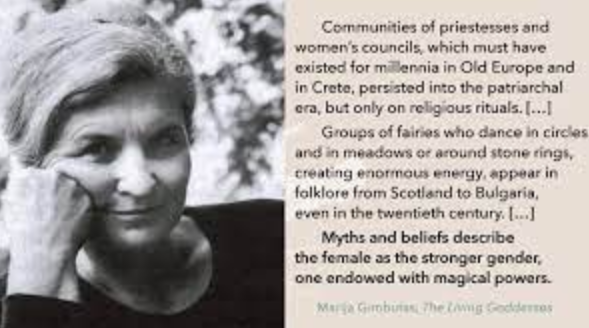

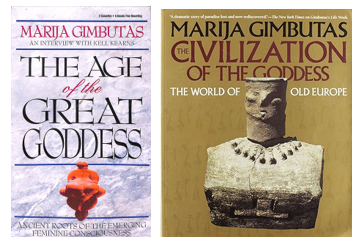

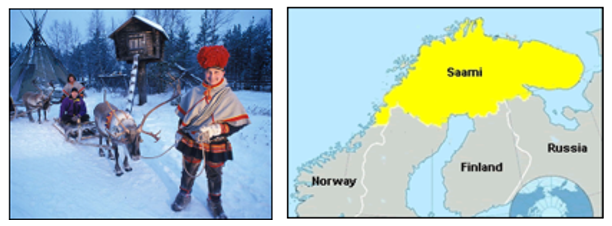
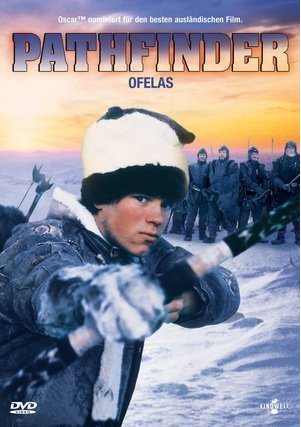
Be the first to comment on "Where Did Indo-Europeans Languages Come From?"